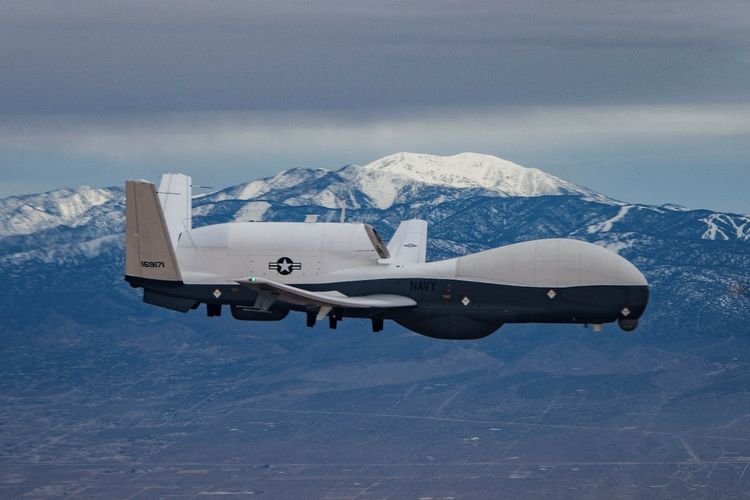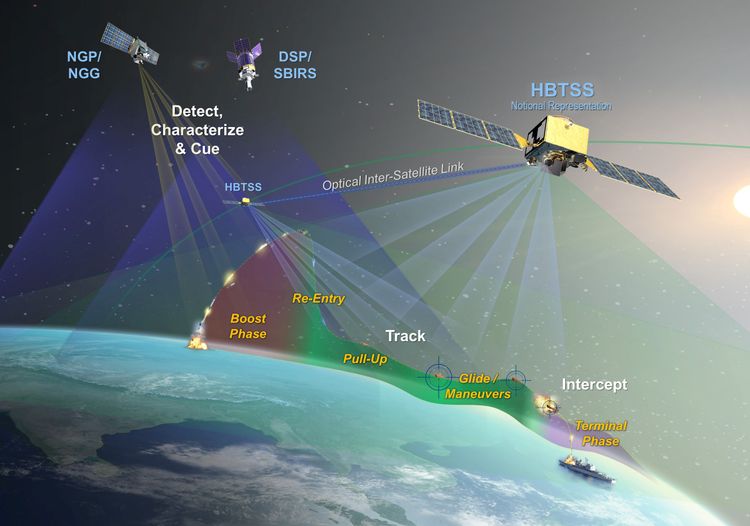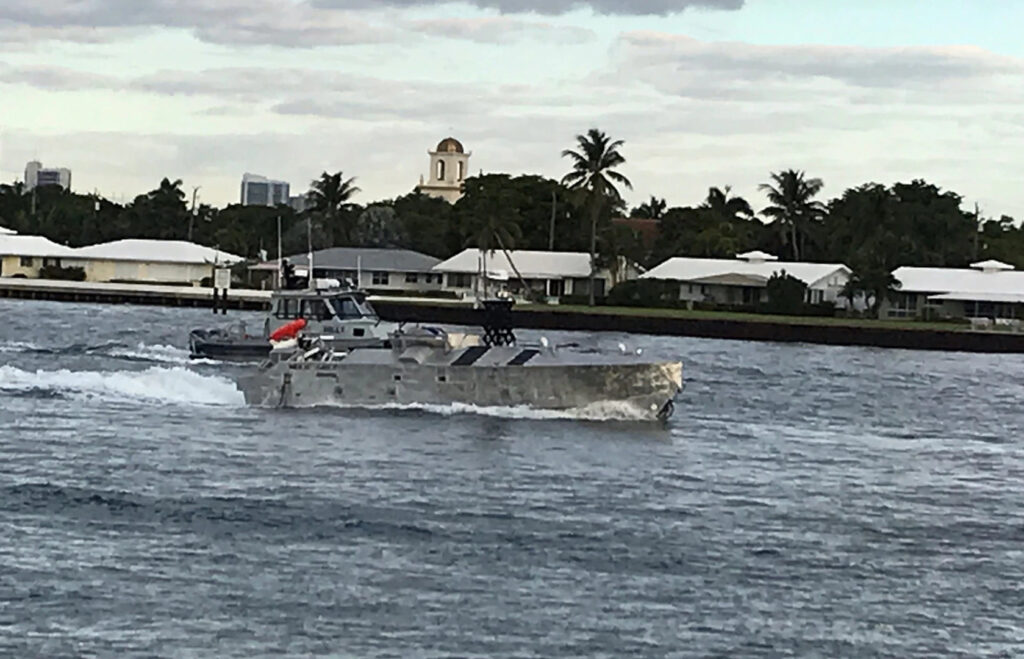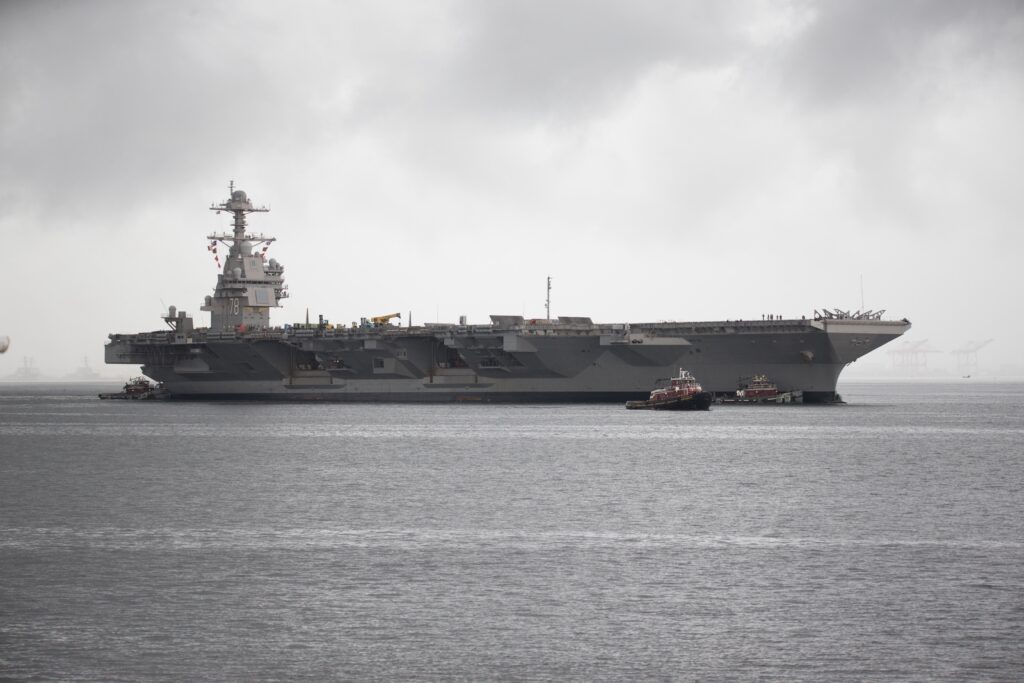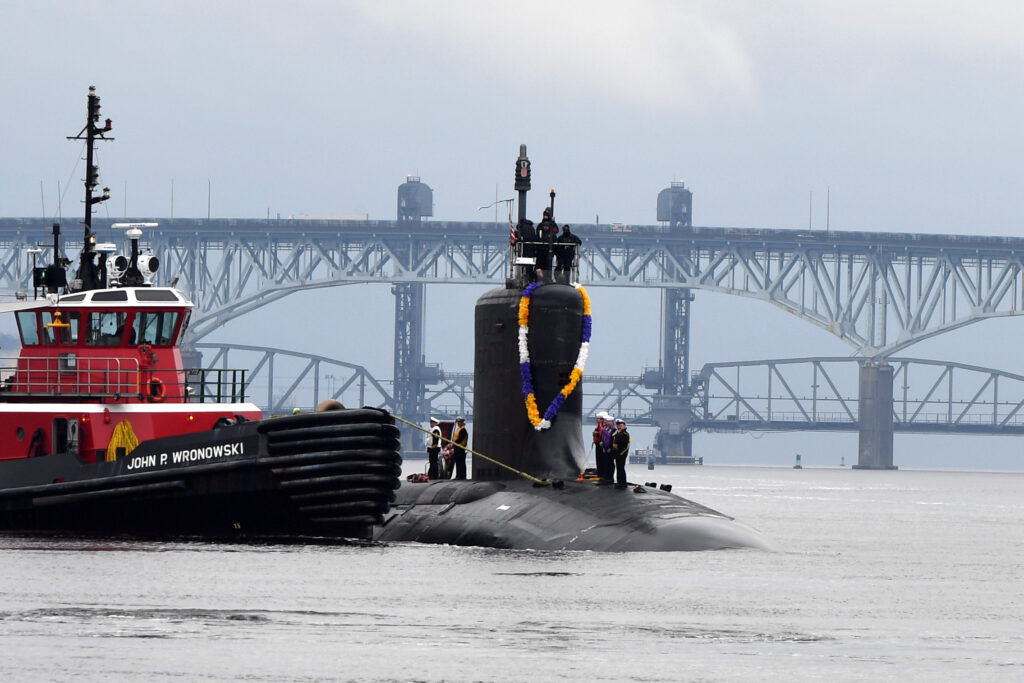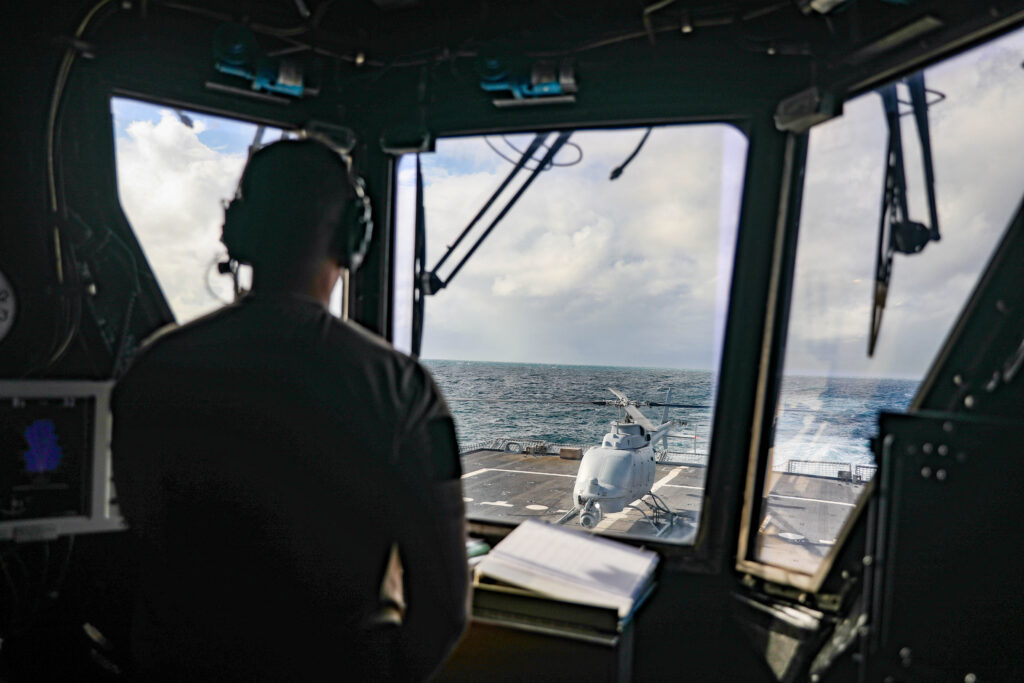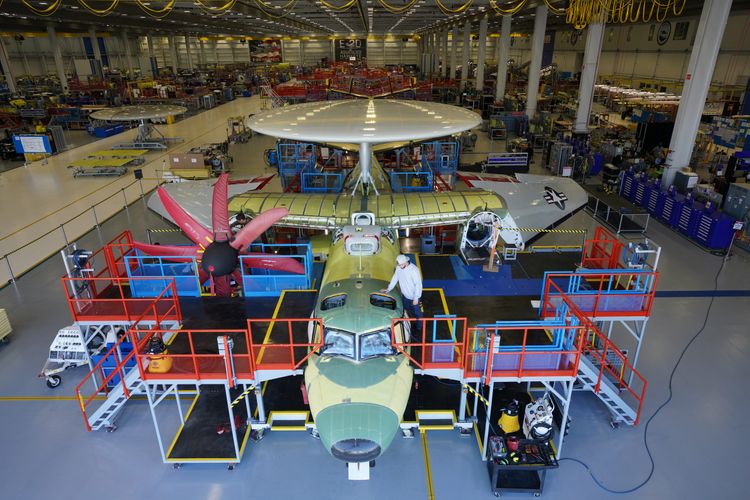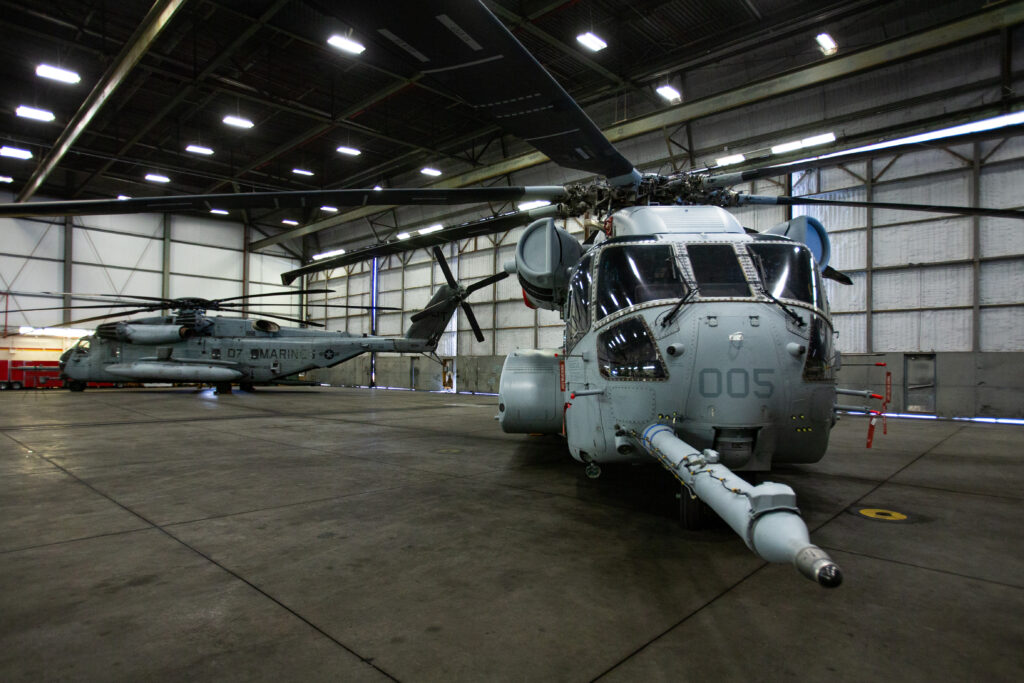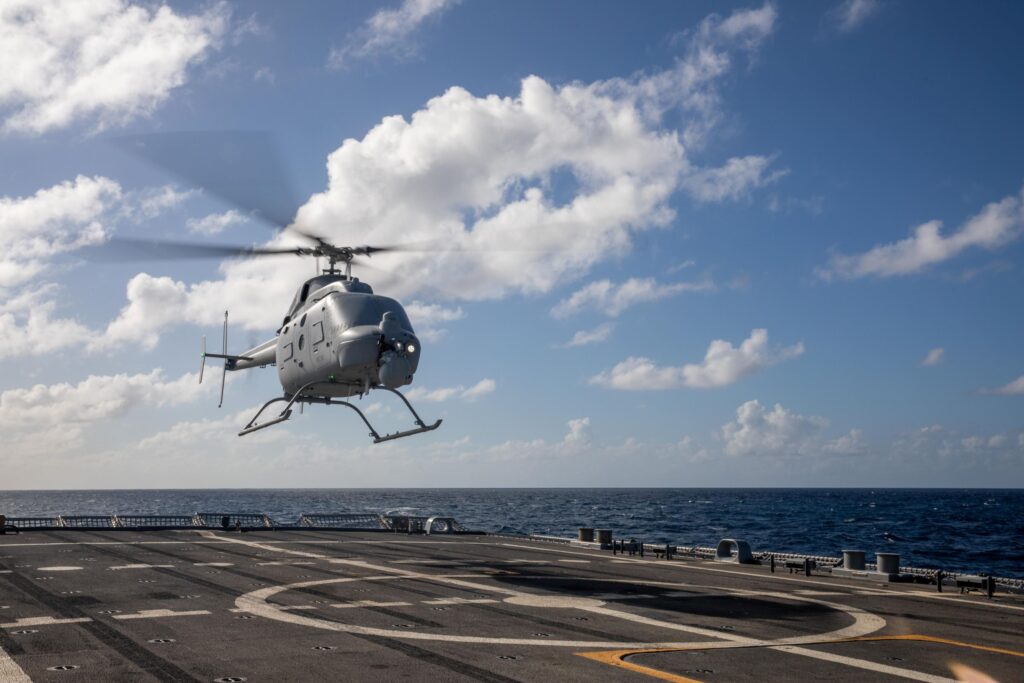Rear Adm. Okano: Modern Sensors Making Navy Ships ‘Data-Providing Monsters’
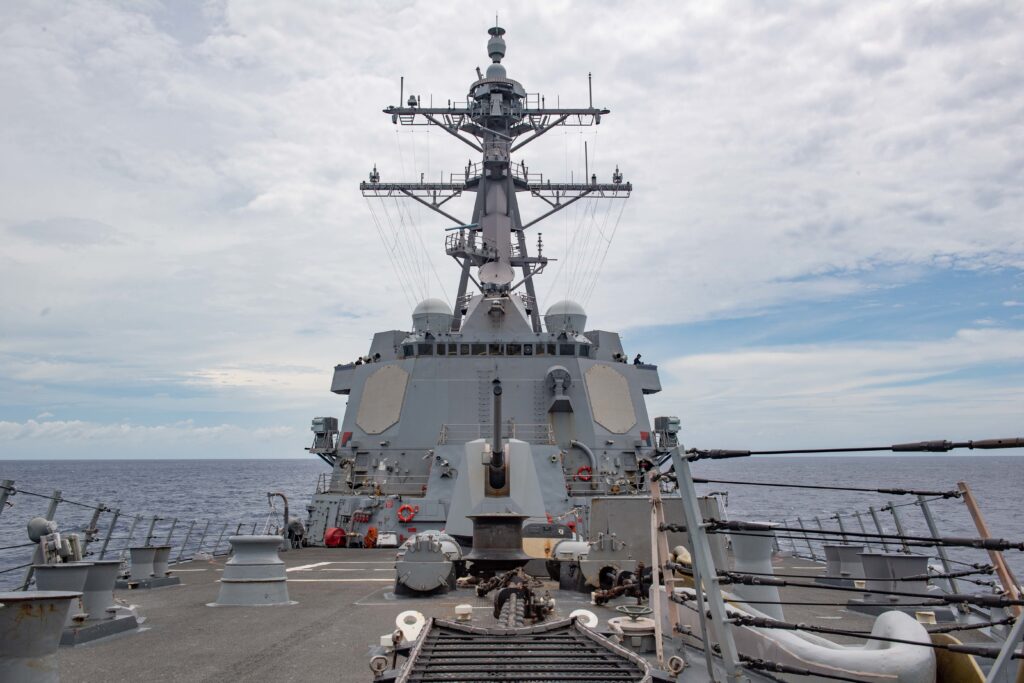
ARLINGTON, Va. — Sensors on naval platforms are becoming multi-purpose — some even weapons — and are making the U.S. Navy’s surface ships the most data-rich platforms in the Department of Defense as their sensors become part of an analog-to-digital transformation, a senior Navy program executive said.
Noting the amount of data that comes from modern surface-ship sensors, Rear Adm. Seiko Okano, program executive officer – Integrated Warfare Systems, speaking Feb. 3 during the Combat Systems Symposium conducted by the American Society of Naval Engineers, said the amount “is absolutely incredible. … Our surface ships are the most data-rich platforms ever. … We are data-providing monsters.”
She noted that each array face of the SPY-6 radar for the Flight III Arleigh Burke guided-missile destroyer (DDG) is producing terabytes per minute of data.
“We’re right now not digesting that to its full capacity,” she said. “We’re doing with that what we did 40 years ago, … which is why we’ve got to invest in digitizing our fleet and the power of AI/ML [artificial intelligence/machine learning]. There’s so much capability we’ve got to unleash from those sensors alone.
“We’ve shifted to this digital era,” Okano said. “Where before, your hardware and software were really tightly coupled … now it is all software-programmable. And that’s the world we’re living with SEWIP [Surface Electronic Warfare Improvement Program], Aegis, SPY-6 and our sensors right now, which allows us to change and adapt a lot faster than we ever had before.”
Okano pointed to examples of radars such as the SPS-48 and SPS-49 search radars as single-purpose sensors. The trend now, she said, is “we’re going multi-mission. These sensors are no longer just used for air search or surface search.
“Are we really unleashing the power of what we are putting on board ships?” she asked. “Our infrastructure isn’t one that really we can manipulate that sensor to do whatever we want. We’re already behind the power curve.”
The admiral noted new sensors “are absolutely fantastic and they are only getting more powerful.”
She noted SEWIP Block 3 [SLQ-32(V)7] is being installed on the Arleigh Burke-class DDG USS Pinckney. This SEWIP block has an electronic attack capability.
“Sensors [are] becoming weapon systems,” Okano said. “You’re both sensing and you’ve got a capability to react as well. [That] is the world we’re getting into.”
